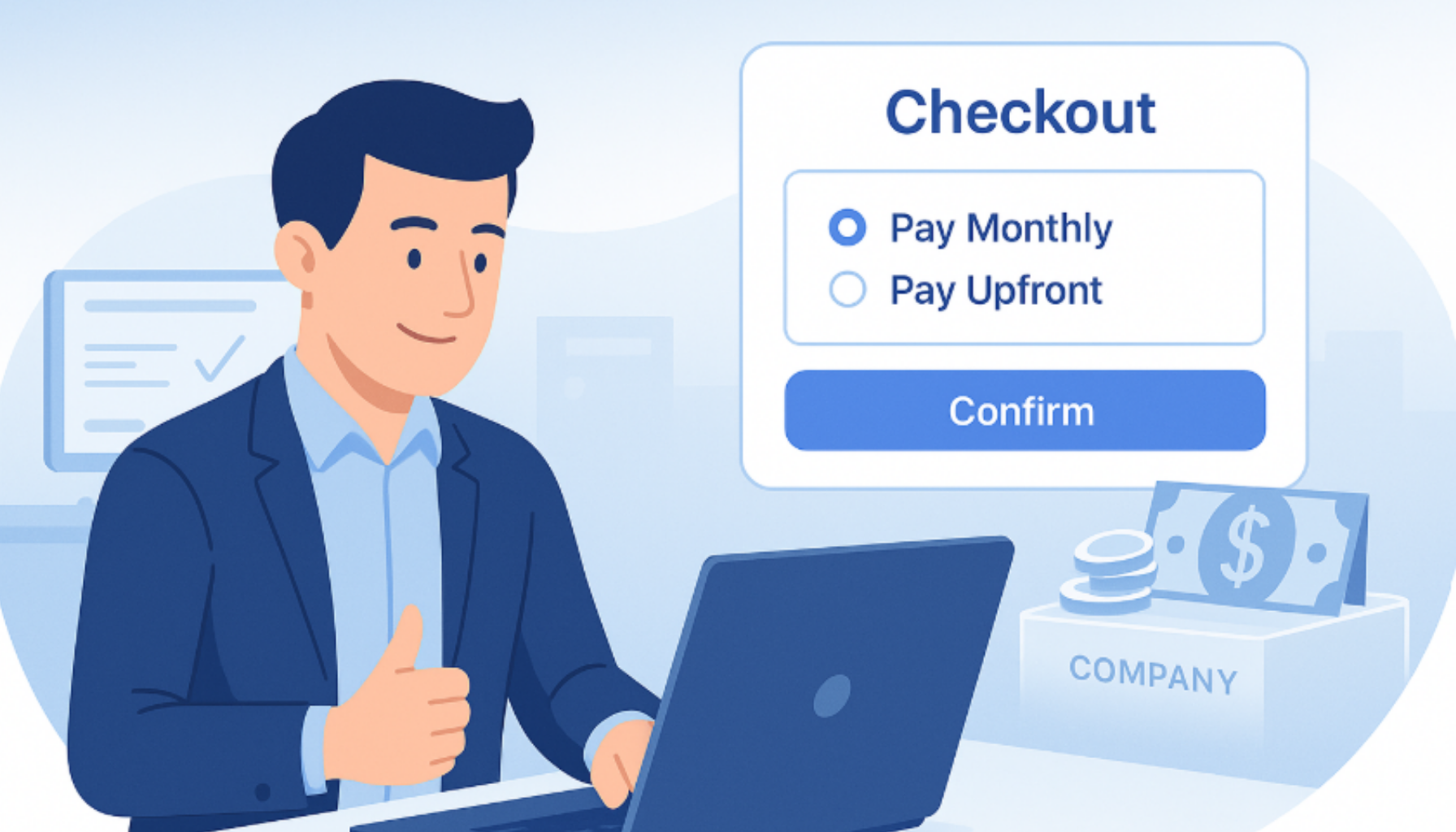How to Eliminate Sticker Shock for Periodic, Consumption, or Metered SaaS Pricing
Usage-based SaaS pricing (often referred to as consumption-based or metered pricing) is all the rage — but while customers love the idea of only paying for the cloud services they actually consume, that can all too easily turn into sticker shock when customers get their first bill and realize they used more than they’d anticipated.
That’s a real problem for SaaS companies. After all, you want your customers to use your product as much as possible, and you want them to want that too — not to be trying to tighten their belts and reduce usage to keep costs at a low and predictable level.
What’s the solution? Some SaaS vendors, such as AWS, have started offering spending caps to ensure that customers aren’t hit with bills they can’t afford to pay. That’s problematic too, though, because it directly reduces the utility and reliability of the SaaS product itself: customers want services they can rely on, not ones that automatically turn themselves off when they’re used too often.
There is a better path forward — solutions like Boost for SaaS — that eliminate sticker shock while still enabling maximum stability and utility for SaaS vendors and their customers.
SaaS companies can now offer a streamlined checkout experience that gives customers the option to defer payments (e.g. in a particularly cash-poor month for the customer), move to a monthly pricing plan, amortize their bill over a period of months, or some combination of the three. This new approach, powered by Subscribers by Ratio, allows SaaS vendors to anticipate and defuse potential sticker shock, and to offer tailored pricing options that are designed to head off potential pain points and keep customers happy every step of the way.
The reality is that sticker shock is a painful, stressful, and jarring experience — and with usage-based SaaS pricing, which lacks any real lock-in for customers, the pain comes at precisely the moment in which a buyer can decide to walk away and simply use a different solution in the future — as this SaaS provider case study demonstrates.
To keep customers happy and help SaaS businesses to scale up, you need a better alternative. Book a demo to see how Ratio can help you to help your customers manage their cash flow. It’s time to improve the buyer experience, avoid negative repercussions of unplanned costs (both for you and your customer), and make SaaS sticker shock a thing of the past.








.png)



